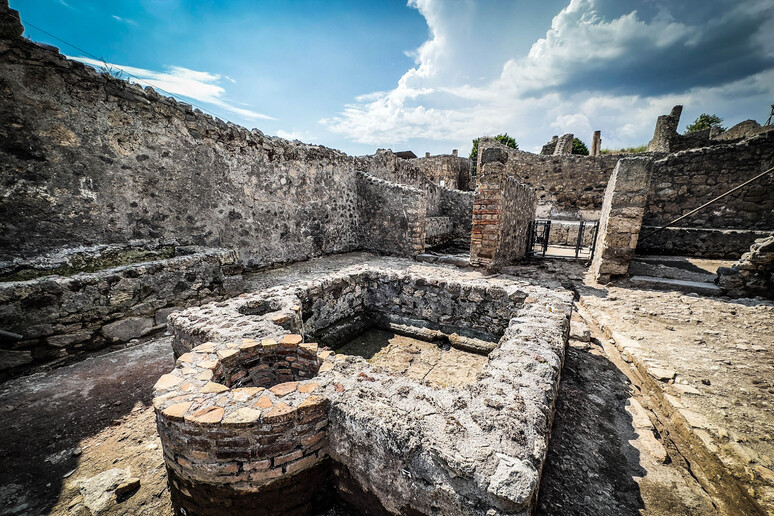Asphyxiation was a likely cause of
death at Pompeii when thousands perished after the 79 AD
eruption of Vesuvius, according to a new partly Italian study.
The study has found that many residents of the Ancient Roman
city died choking on ash from their garments rather than from
burns or dehydration as previously believed.
The study, on skeletal remains inside casts made at Pompeii over
the years, was conducted by the universities of Valencia and
Cambridge with the collaboration of the Pompeii Archaeological
Park. It has been published in the journal Plos One.
The remains were studied using, for the first time, a
non-invasive chemical analysis based on X-ray fluorescence.
The subjects of the study were six casts of fugitives from Porta
Nola and a seventh from the Suburban Baths.
"Important data were collected," said the researchers, "which,
crossed with anthropological and stratigraphic results, have
proved useful in the reconstruction of the pre- and post-mortem
events of the individuals".
"The bioarchaeological analyses have enabled us to consider
asphyxiation as a probably cause of death, and it is likely that
the catastrophic eruption killed people in different ways".
Some 2,000 Pompeians are thought to have died in the eruption,
while 16,000 people died in the wider area including
Herculaneum.
ALL RIGHTS RESERVED © Copyright ANSA











